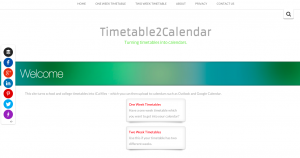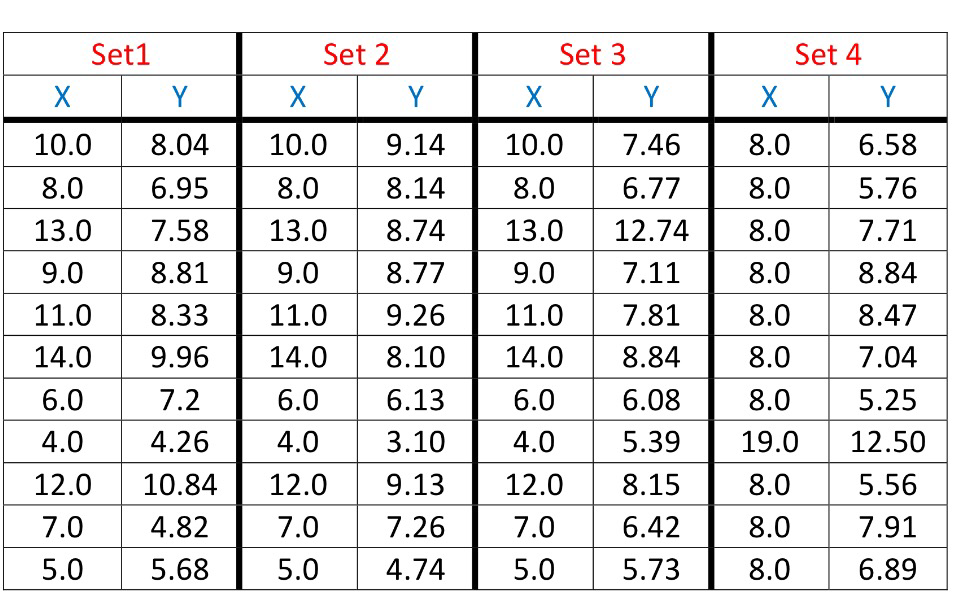Following last weeks successful #mathsjournalclub discussion it is now time to choose the article for the next discussion which will take place at 8pm on Monday 19th October.
The poll is at this link, below are the titles and abstracts of the suggested articles:
- “Train Spotters Paradise” by Dave Hewitt (Mathematics Teaching 140) – Mathematical exploration often focuses on looking at numerical results, finding patterns and generalising. Dave Hewitt suggests that there might be more to mathematics than this.
- “Symbol Sense: Informal Sense Making in Formal Mathematics” by Abraham Arcavi (For the Learning of Mathematics)
- Contrasts in Mathematical Challenges in A-Level Mathematics and Further Mathematics, and Undergraduate Examinations; Ellie Darlington (Teaching Mathematics and its Applications) – This article describes part of a study which investigated the role of questions in students’ approaches to learning mathematics at the secondary/tertiary interface, focussing on the enculturation of students at the University of Oxford. Use of the Mathematical Assessment Task Hierarchy taxonomy revealed A-level Mathematics and Further Mathematics questions in England and Wales to focus on requiring students to demon- strate a routine use of procedures, whereas those in first-year undergraduate mathematics primarily required students to be able to draw implications, conclusions and to justify their answers and make conjectures.While these findings confirm the need for reforms of examinations at this level, questions must also be raised over the nature of undergraduate mathematics assessment, since it is sometimes possible for students to be awarded a first- class examination mark solely through stating known facts or reproducing something verbatim from lecture notes.
- “Mathematical études: embedding opportunities for developing procedural fluency within rich mathematical contexts” by Colin Foster (International Journal of Mathematical Education in Science and Technology) – In a high-stakes assessment culture, it is clearly important that learners of mathematics develop the necessary fluency and confidence to perform well on the specific, narrowly defined techniques that will be tested. However, an overemphasis on the training of piecemeal mathematical skills at the expense of more independent engagement with richer, multifaceted tasks risks devaluing the subject and failing to give learners an authentic and enjoyable experience of being a mathematician. Thus, there is a pressing need for mathematical tasks which embed the practice of essential techniques within a richer, exploratory and investigative context. Such tasks can be justified to school management or to more traditional mathematics teachers as vital practice of important skills; at the same time, they give scope to progressive teachers who wish to work in more exploratory ways. This paper draws on the notion of a musical e ́tude to develop a powerful and versatile approach in which these apparently contradictory aspects of teaching mathematics can be harmoniously combined. I illustrate the tactic in three central areas of the high-school mathematics curriculum: plotting Cartesian coordinates, solving linear equations and performing enlargements. In each case, extensive practice of important procedures takes place alongside more thoughtful and mathematically creative activity.
- “‘Ability’ ideology and its consequential practices in primary mathematics” by Rachel Marks (Proceedings of the BSRLM 31 (2)) – ‘Ability’ is a powerful ideology in UK education, underscoring common practices such as setting. These have well documented impacts on pupils’ attainment and attitude in mathematics, particularly at the secondary school level. Less well understood are the impacts in primary mathematics. Further, there are a number of consequential practices of an ability ideology which may inhibit pupils’ learning. This paper uses data from one UK primary school drawn from my wider doctoral study to elucidate three such consequential practices. It examines why these issues arise and the impacts on pupils. The paper suggests that external pressures may bring practices previously seen in secondary mathematics into primary schools, where the environment intensifies the impacts on pupils.
The poll will be live till the 14th September – please make your choice.














